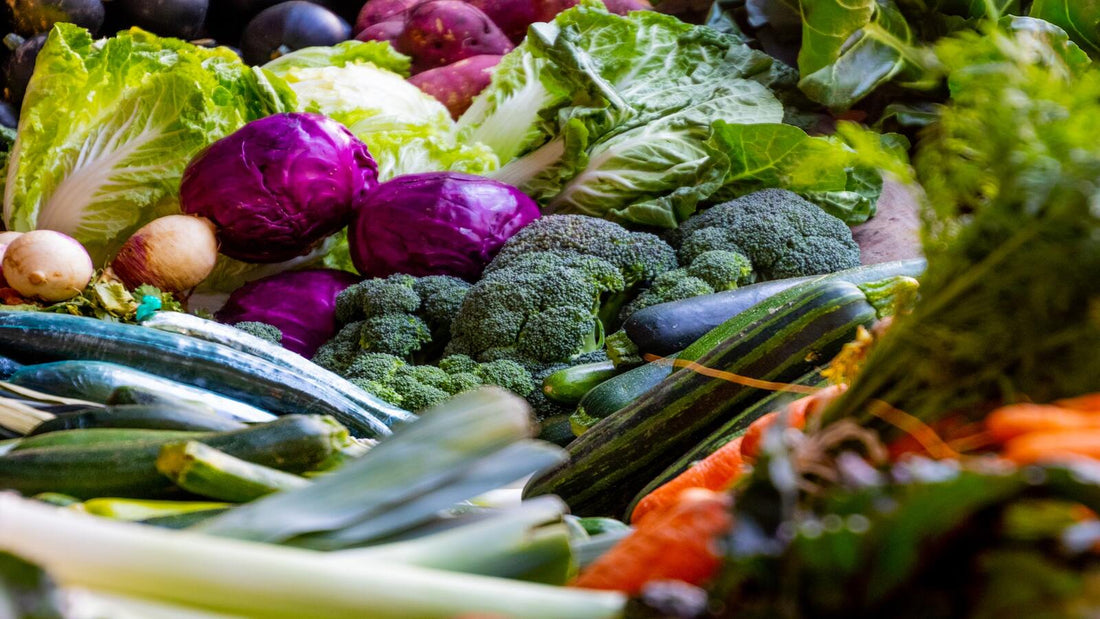|
Vegetable |
Maturity Time |
Features |
|
Radishes |
25-30 days |
Speedy growth, minimal needs: moisture & sunlight |
|
Spinach |
4-6 weeks |
Thrives in cooler soil, suitable for spring & fall |
|
Lettuce |
30-45 days |
Various types, benefits from loose, fertile soil |
|
Beets |
45-60 days |
Edible roots and greens, requires deep,loose soil |
|
Swiss Chard |
40-50 days |
Hardy, continuous harvest throughout the season |
|
Kale |
40-55 days |
Cold-tolerant, continuous harvest potential |
|
Bok Choy |
~30 days |
Fast-maturing, ideal for well-controlled soil conditions |
|
Arugula |
~4 weeks |
Prefers cooler temperatures, quick turnaround |
|
Turnips |
Greens in weeks, roots in 1-2 months |
Dual-purpose, benefits from deep soil |
When cultivating a garden, especially within the confines of a raised garden bed, selecting plants that mature swiftly can greatly enhance both the efficiency and gratification derived from gardening. Raised beds, with their superior soil drainage and easier maintenance, are particularly suited to quick-growing vegetables. This makes them an excellent choice for both seasoned gardeners and novices eager to see fast results. Let's explore some of the fastest-maturing vegetables that thrive in raised beds, offering fresh flavors to your table in no time.

1. Radishes
Radishes are a prime candidate for the novice gardener seeking quick rewards. These crisp, peppery vegetables are incredibly speedy growers, with many varieties ready to pull from the soil in as little as 25 to 30 days post-sowing. Planted in a well-draining garden bed, radishes require just a few essentials-consistent moisture and some sunlight-to flourish rapidly.
2. Spinach
Spinach is another champion of the quick-grow category, ready to harvest in about four to six weeks. It's particularly versatile, thriving in both spring and fall when the temperatures are more moderate. In a metal raised garden bed, spinach benefits from the cooler soil environment, which can extend its growing season and enhance its tender, flavorful leaves.
3. Lettuce
Lettuce, with its myriad varieties, is perhaps the poster child for raised bed gardening, maturing from seed to salad in 30 to 45 days. Whether you choose leaf lettuce, romaine, or butterhead, these greens are unfussy about their growing conditions but do appreciate the loose, fertile soil that elevated raised beds provide.
4. Beets
Beets are somewhat unique in that they offer a dual harvest-both the roots and the greens are edible. While the root matures in about 45 to 60 days, the greens can be harvested much earlier, providing a continuous yield from your raised beds. This crop appreciates the deep, loose soil that prevents the roots from becoming stunted and allows for better growth.
5. Swiss Chard
Swiss chard is not only quick to mature-about 40 to 50 days-but also incredibly hardy, making it an ideal choice for vegetable raised beds. The nutrient-rich leaves can be picked throughout the season, as cutting encourages new growth, providing a sustained bounty from a single planting.
6. Kale
Kale, a robust leafy green, is ready for harvest in about 40 to 55 days. Its ability to withstand cooler temperatures makes it a perfect vegetable for extended seasons in raised garden beds. Moreover, kale's continuous harvest potential allows you to pluck leaves as needed while the plant continues to grow.
7. Bok Choy
Bok choy, with its delicate flavor and crisp texture, matures exceptionally fast, being harvest-ready in about 30 days. It's perfect for raised beds, where the controlled soil quality and drainage facilitate its rapid growth cycle.
8. Arugula
Arugula, a peppery salad green, is another quick turnaround crop, taking about four weeks from planting to harvest. It prefers the cooler temperatures of spring and fall, and the raised bed environment helps regulate soil temperature to optimize growth.
9. Turnips
Turnips are a versatile vegetable that can be harvested for both their flavorful greens and robust roots. The greens are ready in just a few weeks, while the roots take a bit longer, typically about one to two months. Raised beds are particularly beneficial for turnips, providing the deep, loose soil that helps develop well-formed roots.

Final Words
Gardening in raised beds not only optimizes the space and health of your plants but also significantly cuts down the time to harvest, especially with the right choice of vegetables. By planting radishes, spinach, lettuce, beets, Swiss chard, kale, bok choy, arugula, and turnips, you ensure a quick supply of fresh vegetables right from your garden. This approach not only feeds the body with fresh produce but also nurtures the soul with the joys of quick and successful gardening.
FAQs
Q: What type of soil is best for raised garden beds?
A: For raised beds, a mix of topsoil, compost, and a well-balanced soil conditioner or potting soil often yields the best results. This combination ensures good drainage and provides essential nutrients, making it ideal for fast-growing vegetables.
Q: How often should I water vegetables in a raised garden bed?
A: Watering needs can vary with weather conditions and soil type, but generally, vegetables in raised beds require watering once the top inch of soil feels dry. It's important to maintain consistent moisture levels without overwatering, as raised beds can dry out faster than in-ground gardens.
Q: Is it possible to reuse the soil in raised beds for the next planting season?
A: Yes, you can reuse soil in raised beds, but it's recommended to refresh the soil each season by adding new compost or other organic matter. This practice replenishes nutrients that have been depleted and improves soil structure, ensuring optimal growing conditions for the next crop.
Q: How do I maximize yield in a small raised bed?
A: To maximize yield, practice succession planting and spacing techniques. After harvesting one crop, plant another immediately to make full use of the growing season. Also, using spacing guidelines specific to each vegetable can prevent overcrowding and ensure adequate light, nutrients, and air circulation for all plants.
Q: What is the best depth for a raised garden bed when growing these fastest-maturing vegetables?
A: A depth of 12 to 18 inches is ideal for most vegetables, including those that mature quickly. This depth supports proper root development and offers enough soil volume to maintain moisture and nutrient levels.
Q: What are the best soil amendments for fast-maturing vegetables in raised beds?
A: To ensure rapid growth and healthy development, incorporate a balanced mix of compost, aged manure, and a slow-release balanced fertilizer into your raised bed soil. These amendments improve soil fertility and drainage, essential for quick-maturing crops like radishes and lettuce.

Q: Can I grow fast-maturing vegetables in partial shade?
A: While most fast-maturing vegetables prefer full sun, certain varieties like spinach, lettuce, and Swiss chard can tolerate partial shade. In fact, a bit of shade can be beneficial during hot weather, reducing heat stress and prolonging the harvest period for these greens.
Q: Is it possible to grow fast-maturing vegetables in raised beds during cooler seasons?
A: Absolutely! Many leafy greens such as kale, spinach, and arugula thrive in cooler temperatures. Consider using cold frames or hoop houses to extend the growing season. These structures provide warmth and protection, allowing you to harvest fresh vegetables beyond the typical growing season.
Q: How do I maximize space in my raised garden bed?
A: Utilize intercropping and succession planting strategies. For example, plant radishes between rows of slower-growing vegetables like beets. The radishes will be harvested long before the beets need the extra space. Succession planting, where new plants are sown periodically, ensures a continuous harvest and maximizes the use of space throughout the growing season.

